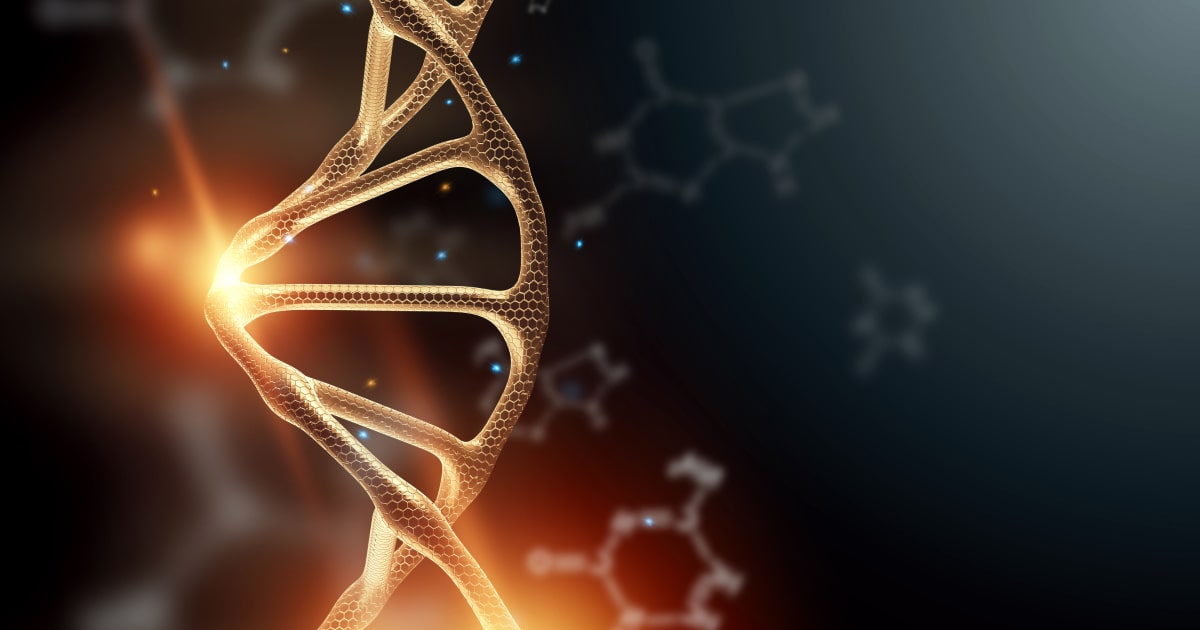
Expert Reviewed By: Dr. Brandon Colby MD
Neonatal lactic acidosis is a rare but severe metabolic disorder that affects newborns. It is characterized by the accumulation of lactic acid in the blood, leading to a variety of symptoms and complications. Early diagnosis and appropriate treatment are crucial for improving the outcomes of affected infants. This article will discuss the importance of understanding, diagnosing, and using genetic testing for neonatal lactic acidosis, with a focus on recent research findings.
Understanding Neonatal Lactic Acidosis
Neonatal lactic acidosis is often caused by an underlying mitochondrial disease, which affects the energy-producing structures within cells. Mitochondrial diseases can result from mutations in genes that encode proteins required for mitochondrial function. These mutations can lead to impaired energy production, causing a buildup of lactic acid in the blood and tissues.
Infants with neonatal lactic acidosis may present with a range of symptoms, including poor feeding, lethargy, respiratory distress, seizures, and developmental delays. In severe cases, the condition can be life-threatening. Early diagnosis and treatment are essential for improving the prognosis of affected infants.
Diagnosing Neonatal Lactic Acidosis
Diagnosing neonatal lactic acidosis can be challenging, as the symptoms are often nonspecific and can mimic other conditions. Blood tests, including lactate and pyruvate levels, can help identify the presence of lactic acidosis. However, identifying the underlying cause requires further investigation, including genetic testing and imaging studies.
Neuroradiological Features of LTBL
A recent study on lethal neonatal LTBL associated with biallelic EARS2 variants highlighted the importance of neuroradiological features in diagnosing this specific type of neonatal lactic acidosis. Magnetic resonance imaging (MRI) can reveal characteristic abnormalities in the brain, which can help guide diagnosis and clinical decision-making.
MRI Findings in PDH Deficiency
Similarly, MRI findings in neonates with pyruvate dehydrogenase (PDH) deficiency due to a R302H mutation in the PDHA1 gene can provide valuable diagnostic information. Identifying these specific imaging patterns can help clinicians recognize the underlying cause of neonatal lactic acidosis and initiate appropriate treatment.
Genetic Testing for Neonatal Lactic Acidosis
Genetic testing plays a crucial role in diagnosing the underlying cause of neonatal lactic acidosis. By identifying the specific gene mutations responsible for the disorder, clinicians can tailor treatment strategies and provide more accurate prognostic information to families.
DGUOK-Related Mitochondrial DNA Depletion Syndrome
A case report on two unexpected cases of DGUOK-related mitochondrial DNA depletion syndrome emphasized the importance of genetic testing in neonatal hypoglycemia diagnosis. Identifying the specific gene mutations can help differentiate this rare cause of neonatal lactic acidosis from other, more common causes of hypoglycemia.
Screening for BCS1L Mutations
A study investigating BCS1L mutations in severe neonatal disorders suspicious for mitochondrial cause suggested that screening for BCS1L mutations should be considered only in cases with specific characteristics. This targeted approach can help streamline the diagnostic process and ensure that affected infants receive appropriate treatment as quickly as possible.
Conclusion
Neonatal lactic acidosis is a rare but serious metabolic disorder that requires prompt diagnosis and treatment. Understanding the underlying causes, recognizing characteristic imaging patterns, and utilizing genetic testing can help clinicians identify the specific gene mutations responsible for the disorder. This information can guide treatment strategies and provide valuable prognostic information to families affected by neonatal lactic acidosis.
About The Expert Reviewer
Dr. Brandon Colby MD is a US physician specializing in the personalized prevention of disease through the use of genomic technologies. He’s an expert in genetic testing, genetic analysis, and precision medicine. Dr. Colby is also the Founder of and the author of Outsmart Your Genes.
Dr. Colby holds an MD from the Mount Sinai School of Medicine, an MBA from Stanford University’s Graduate School of Business, and a degree in Genetics with Honors from the University of Michigan. He is an Affiliate Specialist of the American College of Medical Genetics and Genomics (ACMG), an Associate of the American College of Preventive Medicine (ACPM), and a member of the National Society of Genetic Counselors (NSGC)